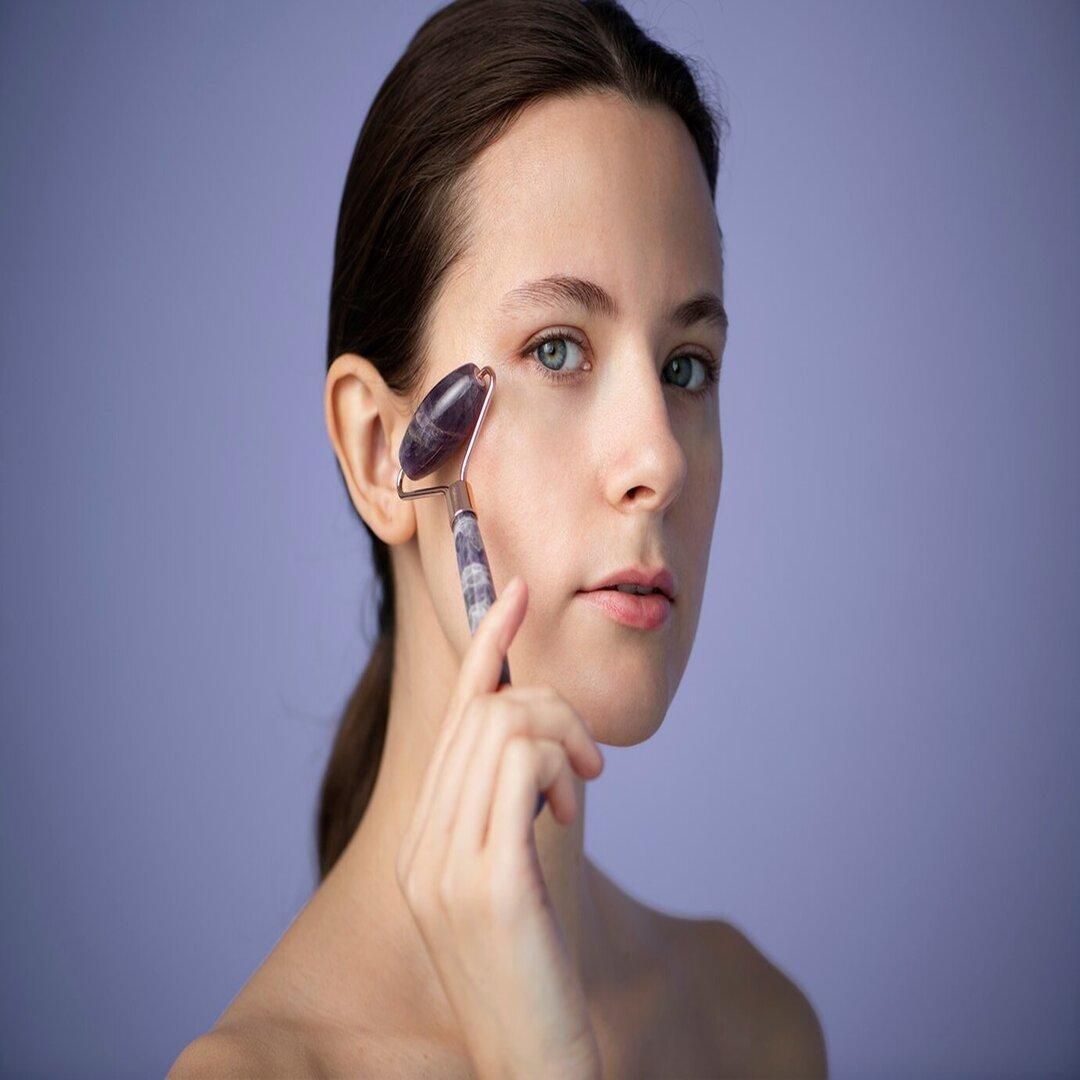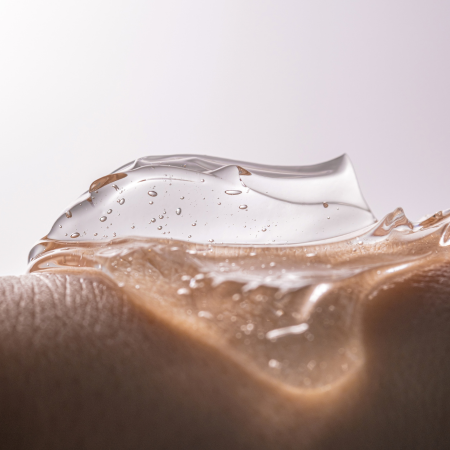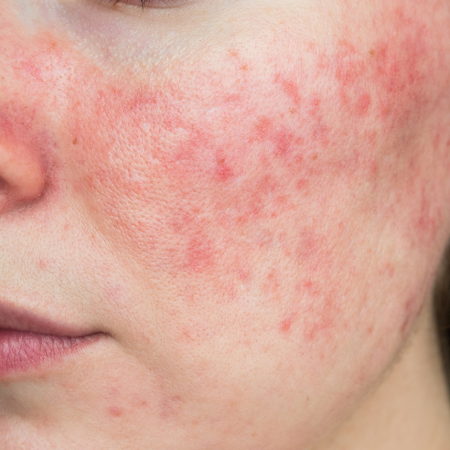What are The Best PDO Threads Aftercare Practices?

PDO (Polydioxanone) thread lifts are increasingly popular for their ability to lift and tighten sagging skin with minimal invasiveness. These biocompatible and absorbable threads offer immediate lifting effects and stimulate collagen production for long-term benefits. However, to achieve the best results and ensure a smooth recovery, proper aftercare is essential.
Best Practices in PDO Threads Aftercare
After a PDO thread procedure, the aftercare process plays a significant role in achieving and maintaining the desired results. The first and most important thing to remember is to follow specific aftercare instructions from your healthcare provider.
An essential part of aftercare is managing swelling and pain. Applying cold compresses to the treated area can help reduce both. Your healthcare provider may recommend specific medications or pain relievers to ease post-procedure discomfort. It's crucial to follow their guidance and avoid using over-the-counter medications without consulting them first.
Additionally, paying attention to skincare is vital to promoting a healthy recovery and enhancing the longevity of the
PDO thread lift. This includes using gentle cleansers and moisturizers while avoiding harsh or abrasive skincare products initially, as they can irritate the skin and impede healing.
Avoiding impactful activitie
Proper aftercare also includes avoiding certain activities that could impact the recovery process or compromise results. During the initial healing period, avoid strenuous physical activities, as they can exacerbate swelling and discomfort. In addition, refraining from facial massages or vigorous facials is essential to prevent disrupting the placement of the PDO threads.
By adhering to these best practices in PDO threads aftercare, you are setting yourself up for a successful recovery journey, ensuring optimal results while minimizing potential risks or complications.
Trust Your Medical Professional's Advice
Medical professionals customize aftercare guidance for PDO threads to meet individual health needs and the specific type of threads used. This specialized advice considers your current health condition, medical history, and any potential risk factors that could affect your recovery.
This personalized advice isn't a one-size-fits-all approach. The design aligns the aftercare practices with the intended results of the PDO thread treatment, enhancing its safety and effectiveness. With a thorough understanding of your unique health profile, medical professionals can provide recommendations that support optimal healing and positive outcomes.
Trusting your medical professional's advice significantly reduces the risk of complications. By following their expert guidance, you're actively taking steps to prevent potential issues that may arise during the recovery process. Their knowledge and experience in managing post-PDO thread treatment care is invaluable in promoting a smooth and successful recovery journey.
Entrusting your medical professional's advice not only provides personalized strategies for aftercare but also ensures that your recovery aligns with the desired outcomes of the PDO thread treatment. This level of specialized care reduces the likelihood of complications and sets the stage for a safe, effective, and seamless recovery process.
Managing swelling and pain after treatment
After a PDO thread lift, it's common to experience some swelling and discomfort. But fear not, as there are effective strategies to help manage these post-treatment effects. Let's explore some practical tips and practices that can make a difference in your recovery process.
Cold compression therapy
One way to ease swelling and discomfort is by applying cold compresses intermittently during the first 24 hours post-treatment. The cold helps constrict the blood vessels, reducing inflammation and the sensation of pain. However, it's crucial not to apply ice directly to the skin, as this could cause damage. Instead, wrap the ice pack or cold compress in a clean cloth before gently placing it on the swollen areas for about 30 minutes at a time.
Medication Management
Seek advice from your medical professional about suitable over-the-counter medications or prescriptions that can help you manage discomfort during your recovery period. Generally, nonsteroidal anti-inflammatory drugs (NSAIDs) such as ibuprofen can help reduce both swelling and pain. However, it's essential to follow the dosing instructions provided by your healthcare provider or pharmacist carefully.
Furthermore, staying hydrated is crucial while taking pain medications, as they can sometimes cause stomach irritation if not taken with plenty of water or food. Additionally, it's crucial to avoid taking any blood-thinning medications unless your doctor specifically prescribes them.
Implementing these strategies under the guidance of your healthcare provider can significantly reduce post-treatment swelling and discomfort, ultimately promoting a smoother recovery process.
Ensuring Result Longevit
After investing in a PDO thread lift, you naturally want to maintain those results for as long as possible. Here's how you can guarantee the durability of your treatment:
Follow-up Appointments
Attending all scheduled follow-up appointments with your medical professional is crucial. These visits allow your provider to monitor your treatment's progress and make any necessary adjustments. By keeping these appointments, you actively participate in the ongoing care and maintenance of your skin, ensuring you get the most out of your PDO thread lift.
During these follow-ups, your practitioner will assess your skin's condition, the progress of collagen production, and the overall effectiveness of the treatment. Based on their evaluation, they can recommend any necessary tweaks or additional treatments. This proactive approach contributes to optimal results and helps address any issues before they become significant concerns.
Remember, your practitioner is there to support you throughout the entire process. Don't hesitate to express any concerns or ask questions during these follow-up visits.
Adhering to these aftercare practices is pivotal for maximizing the benefits of a PDO thread lift. By following these guidelines, you can ensure a smoother recovery process and optimize the procedure's results.




